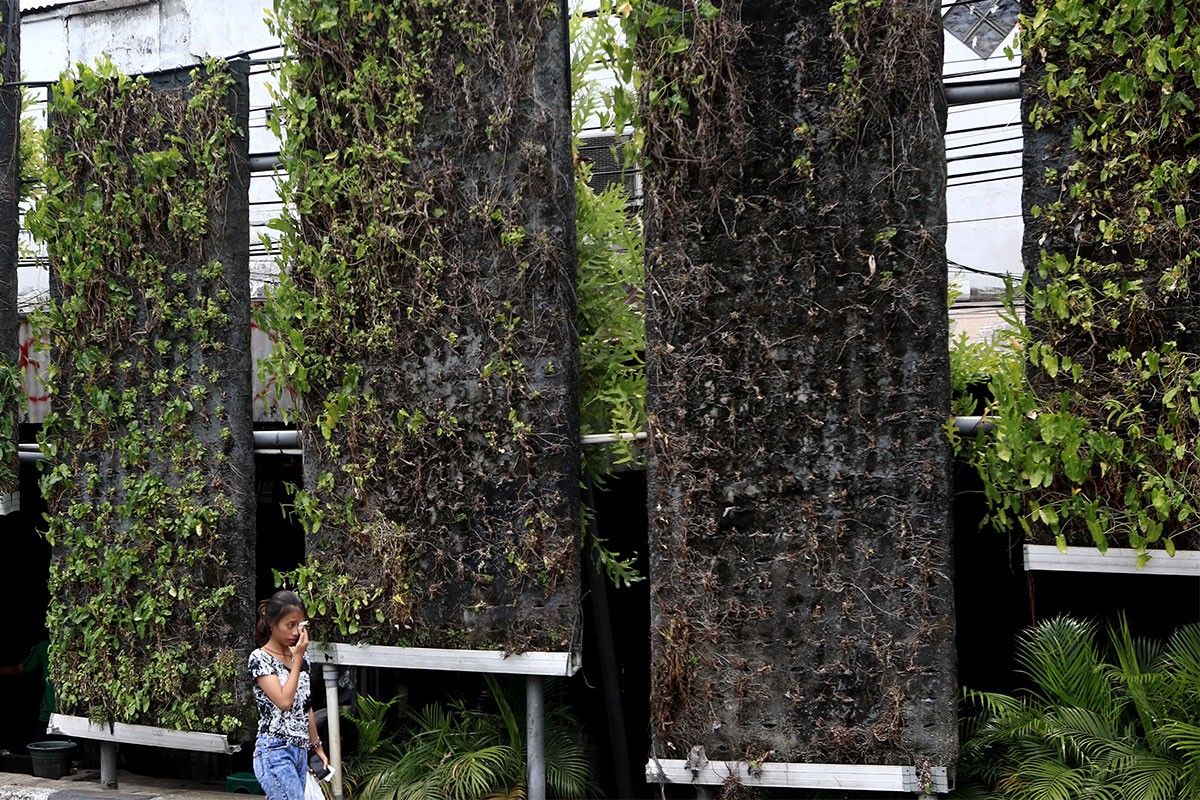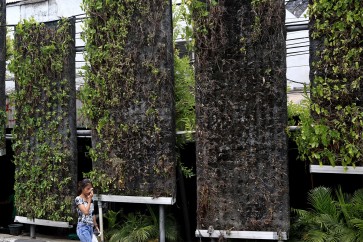Popular Reads
Top Results
Can't find what you're looking for?
View all search resultsPopular Reads
Top Results
Can't find what you're looking for?
View all search resultsIndonesia’s oldest botanical garden to celebrate 200 years
Change text size
Gift Premium Articles
to Anyone
T
ucked away in the southern part of Greater Jakarta, the Bogor Botanical Gardens, which will celebrate its bicentennial anniversary on Thursday, serves as Bogor’s green lung as well as a muchneeded green space for people to enjoy natural scenery amid expanding urban development.
Spanning 87 hectares with flowers and trees, the garden serves as a guardian of nature by producing fresh air for residents in the city, which has suffered from the problems of a rapidly growing population alongside development in the capital.
The country’s oldest garden hosts the Bogor Palace and shelters thousands of flora from across the archipelago, acting as a conservation area for endangered specimens of flora threatened by deforestation.
Now, the garden is home to 3,504 plant species and more than 5,000 tropical trees.
The park also serves as a research center, where scientists have been coming up with new domesticated plants for the past two centuries.
“The chili that Indonesians love to consume on a daily basis is the result of research from the past,” said Joko Ridho Witono from the Indonesian Institute of Sciences (LIPI). Joko chairs the garden’s conservation ex-situ division.
Ridho and 54 other scientists are carrying out research in the garden in an attempt to develop and conserve the country’s flora.


















